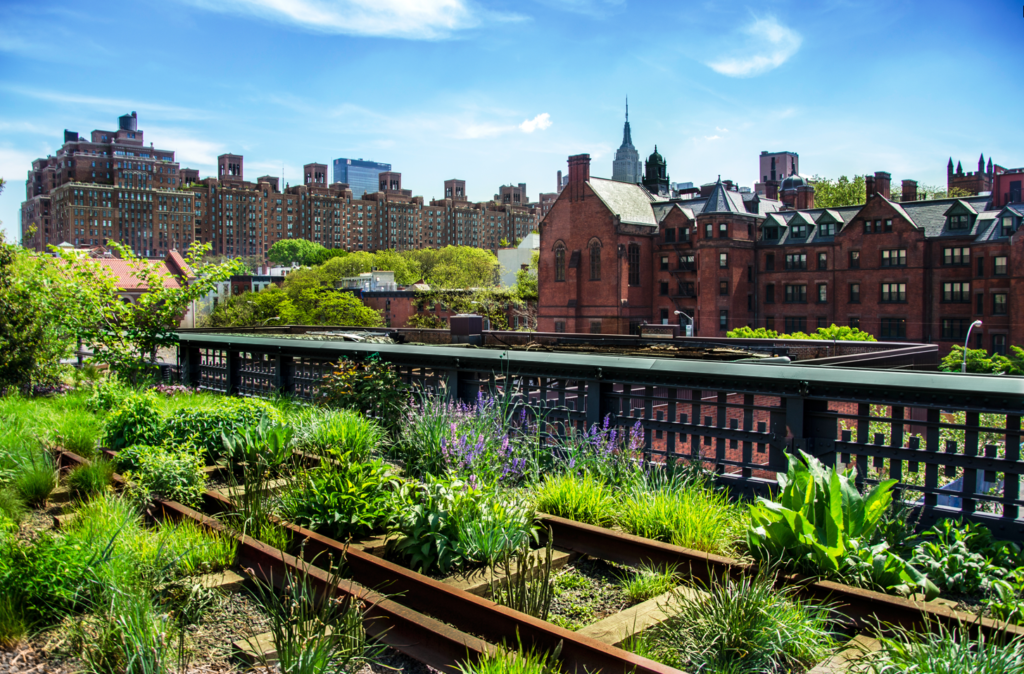More than 38 million people, including 12 million youth, are food insecure in the United States alone. With rates of food insecurity exacerbated by the pandemic, the task of feeding all American families can seem daunting. But the solution is quite simple: instead of looking toward traditional methods of fighting food insecurity, we need to make modern choices that take into account factors like racial inequity, environmental sustainability, and community engagement. It is no longer, and truthfully never has been, enough to rely on big ag. It is time we tap into the green thumbs of communities nationwide, including everyone from childhood to old age.
In a recent article published in the NY Daily News, youth advocate Michelle Cao imagines a scenario in which the NYC government sets aside the budget for a robust composting program alongside other agriculture and food justice initiatives. Cao does not deny that this initiative would require large-scale support and coordination; she cites a study that proposes an extra $177 million would need to be spent by the sanitation department for organic waste management programs to become a reality. But she urges her readers to understand that such programs would do wonders for food-insecure communities. How? Composting is an integral part of closed-loop agricultural systems, which means that communities can become self-reliant in producing their own food.

Big goals like slowing the effects of climate change and feeding American families require significant commitments and big budgets. We support Cao’s call for accountability in NYC governance and agree that we must approach food insecurity with innovative solutions that reflect the technology and theory available to us today. For instance, Teens for Food Justice is drawing upon the power of youth to create a more food secure future, making students experts in hydroponic agriculture and familiarizing them with legislature and community advocacy.

Food-forward solutions are unique to every community. If you want to join the movement, identify where the health and environmental disparities exist. You can enter a pre-existing program or find one of your own, making a difference both within your own household and within your local legislature. Above all, don’t rely on old solutions to food insecurity; think outside the cardboard cereal box and opt for creative ways to put fresh fruits and veggies in every community.
 Food
Food Farmers
Farmers Sustainable Living
Sustainable Living Living Planet
Living Planet News
News